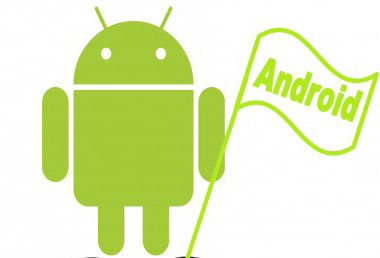
Other operating systems, like Android, have caught up to iOS in many areas and surpassed them in others. Apple has already been copying and catching to Android 2.3 Gingerbread; with the advent of Android 4.0 Ice Cream Sandwich, iOS5 falls further behind.
In comparison, there little the iOS 5 offers that Gingerbread already does not. Both offer a solid camera, good web surfing and many applications. While iOS 5 does have Siri, an advanced voice recognition system, Gingerbread too has a voice command system, albeit not as advanced.
Taking a list at common comparisons, like the ones found here, one can see that the features that Gingerbread does not have are simply because either they are Apple exclusive, like wireless iTunes updating, or there are more options for the same service. For example, to do messaging, iOS 5 has iMessage, which is really just the same thing as GoogleTalk, texting and Textfree.
What’s the point of having something exclusive when there are other ways to do it?
That brings us to the next point: it is nearly impossible to customize an iPhone. There are no third party apps, only those sold by Apple. While some may argue that Android’s widget system is excessively complicated, there is an ease of customization that lets you customize it to suit your own needs, thus making those so-called “complicated home pages” easier to use than many pages of the same square apps.
There’s also a lot more variety in the phones themselves: the iPhone 4S has a starting price of $199.99 for its model with the least memory, and can go up to $399.99. On the other hand, Android phones range from $49.99 to $199.99 when looking at AT&T, most of which are upgradable with microSD cards for memory, which the iPhone is incapable of doing. The sheer customizability of Android surpasses the few benefits of iOS 5.
This is all a comparison before Android released their new operating system, Ice Cream Sandwich, which boasts improvements over Gingerbread. These include better Near Field Communications technology and Facial Recognition unlocking. For a full comparison, click here.
In short, Android is now at least equal, if not better than iOS 5. The uncontested rule of Apple is now over, as they begin to fall behind in the software race.














































































